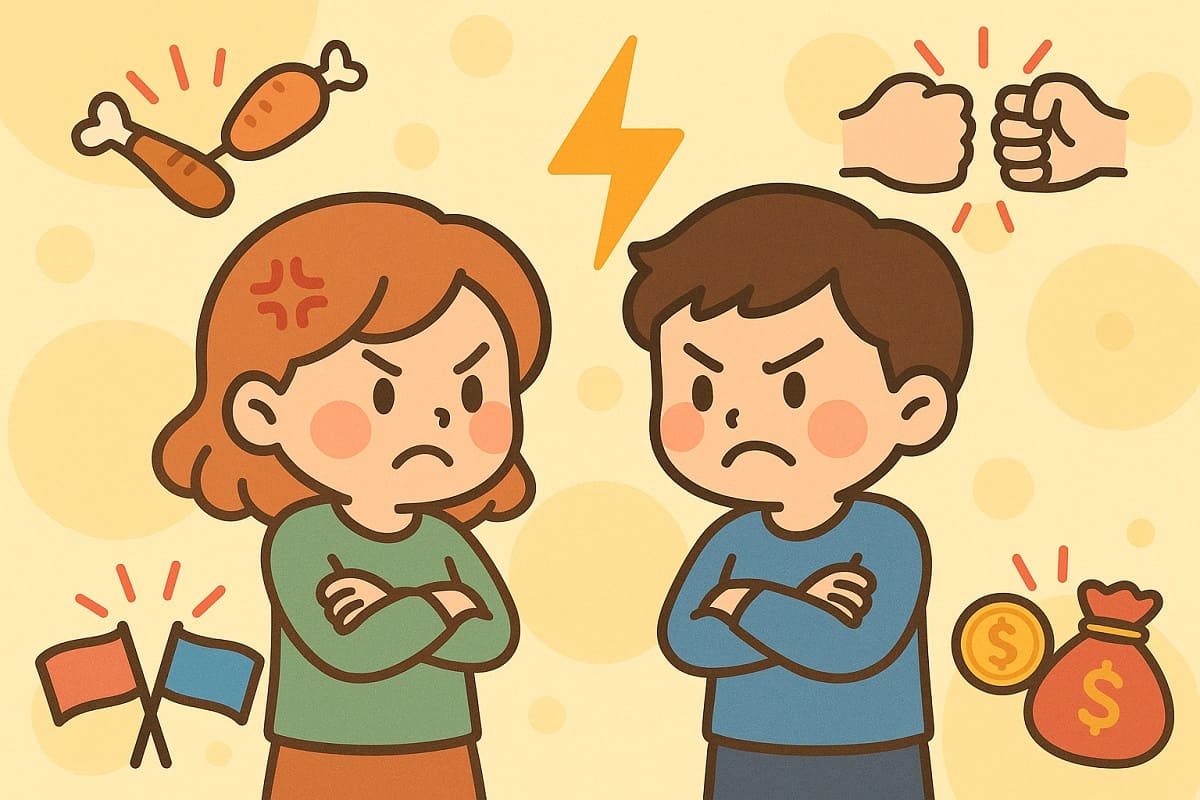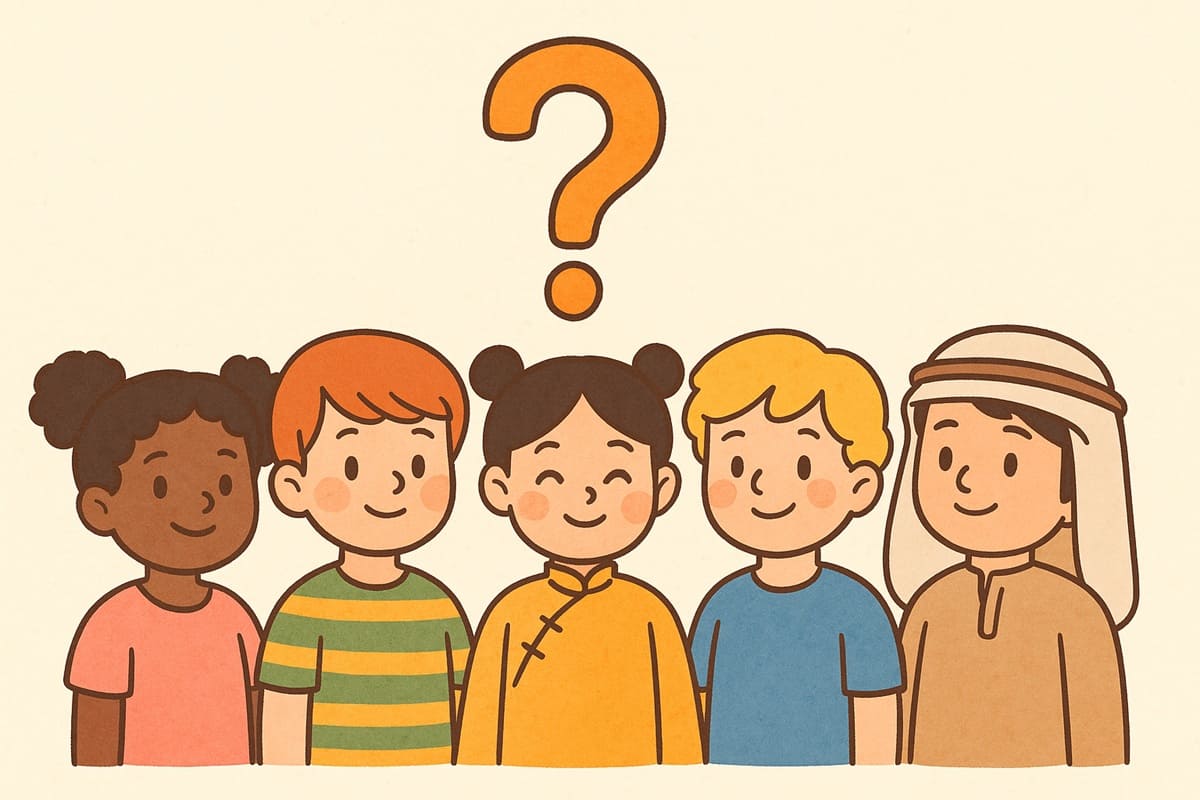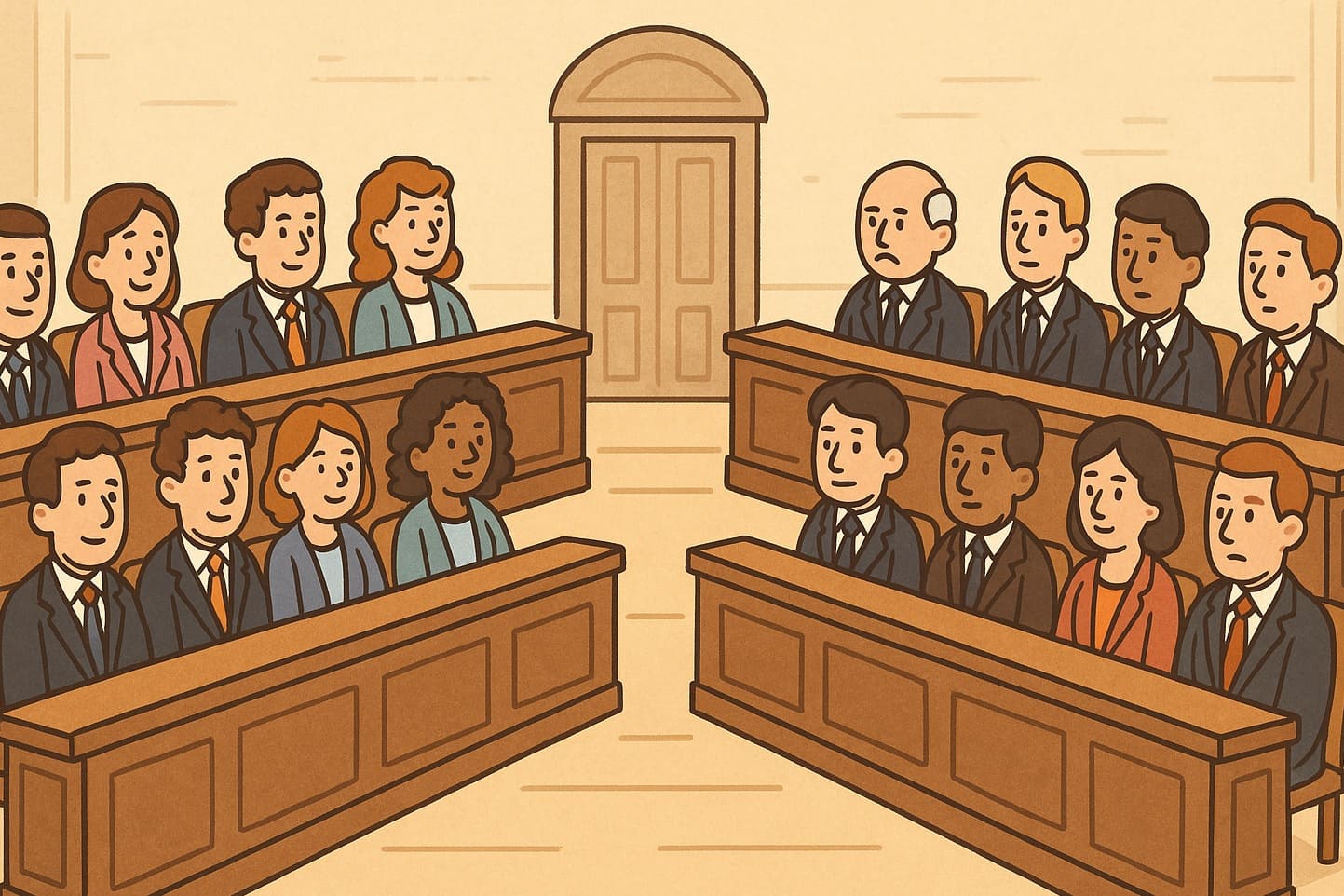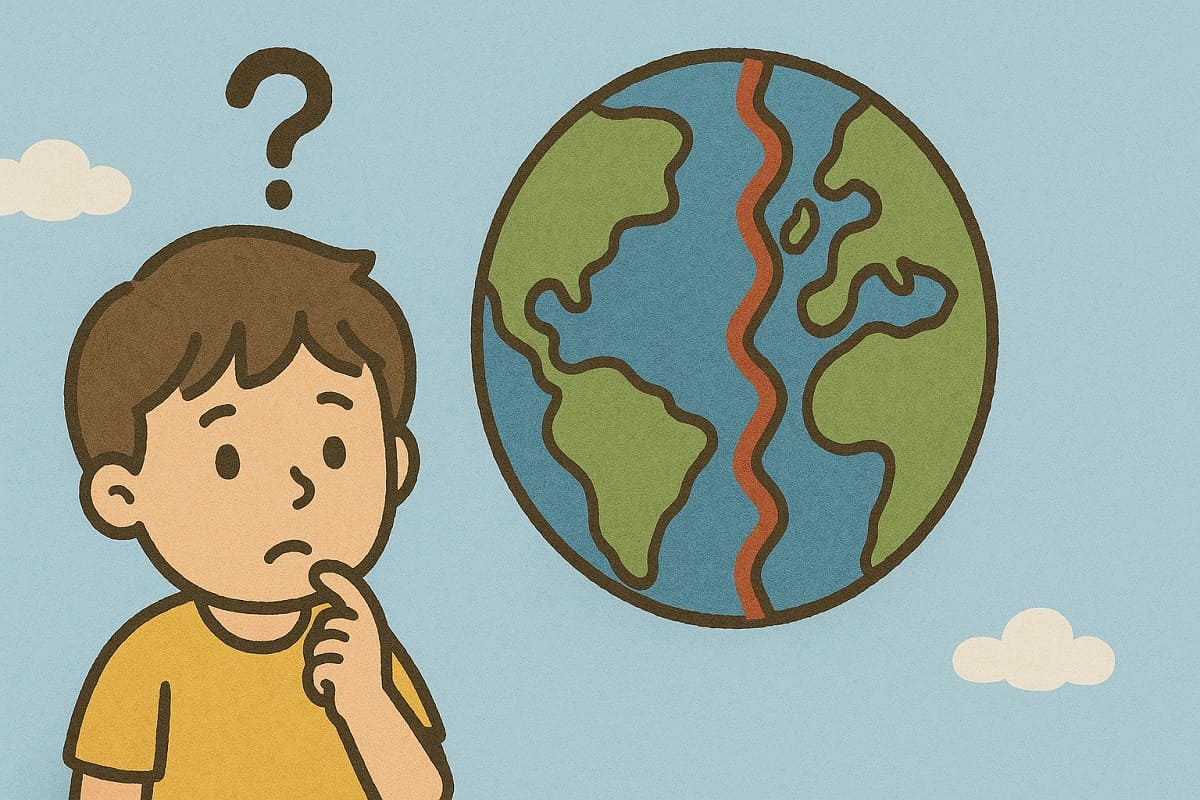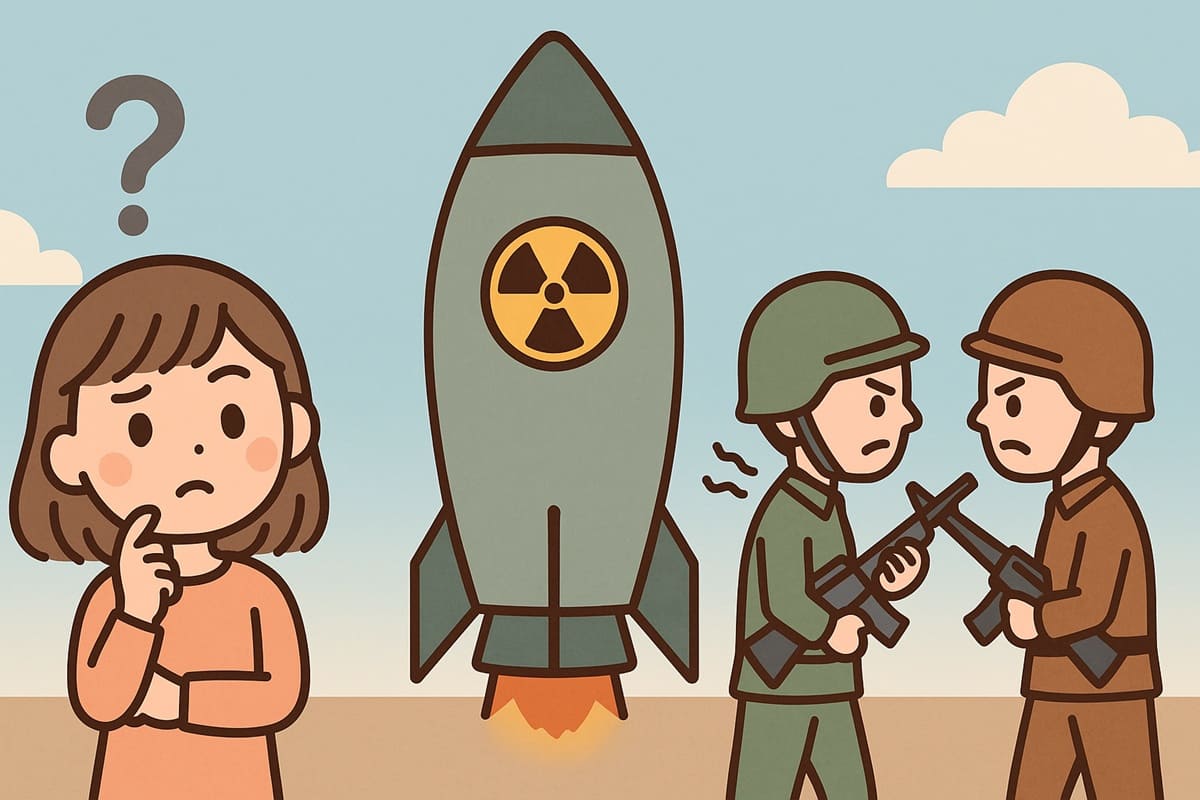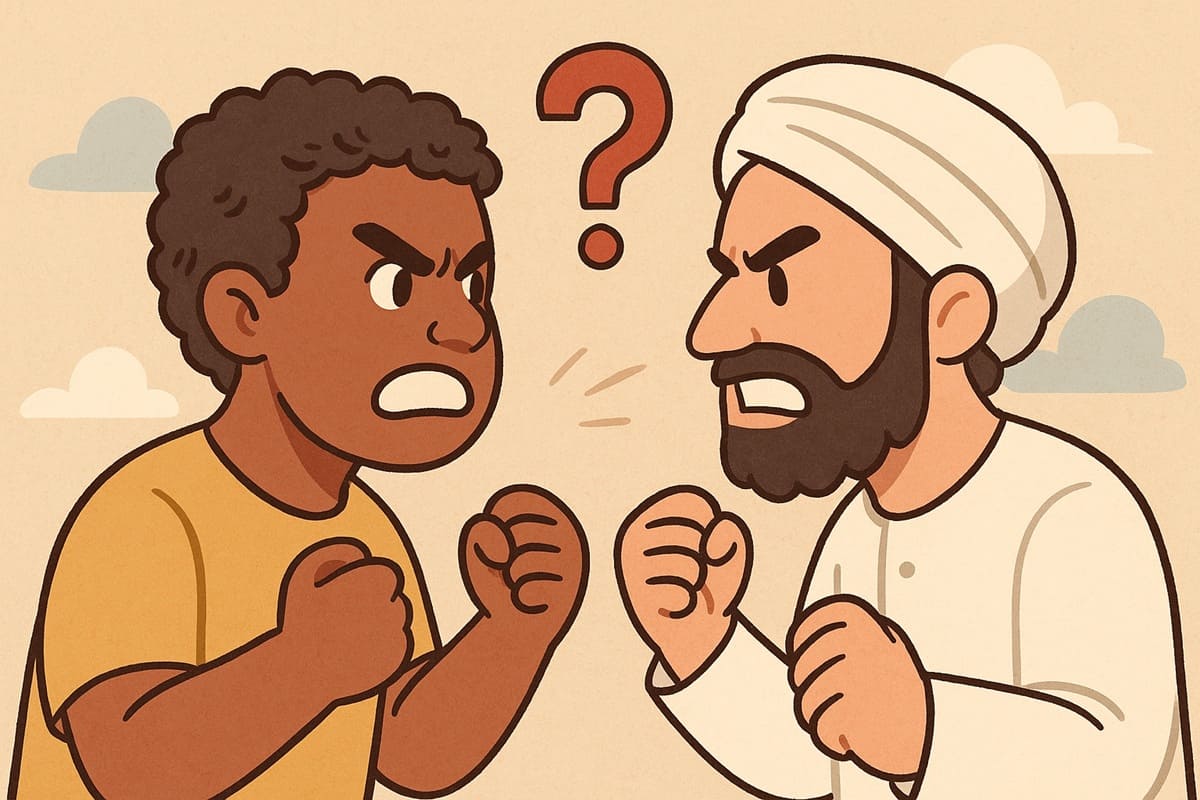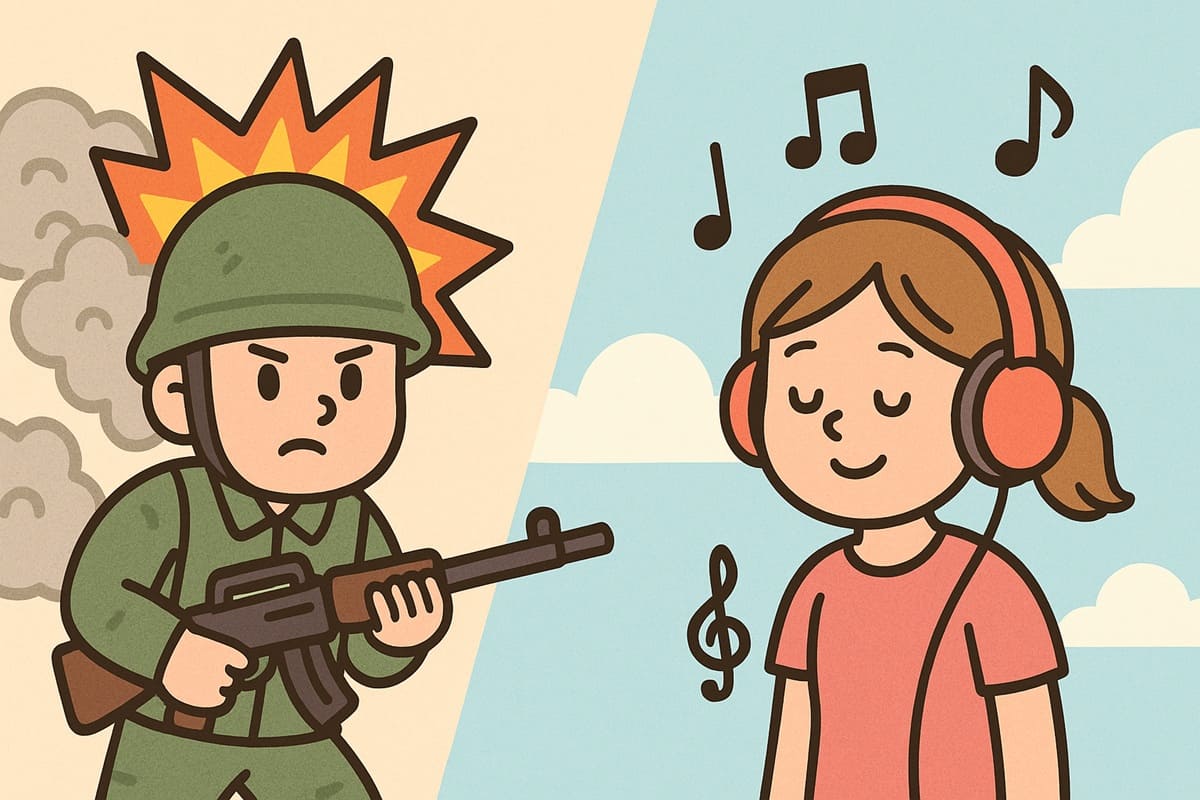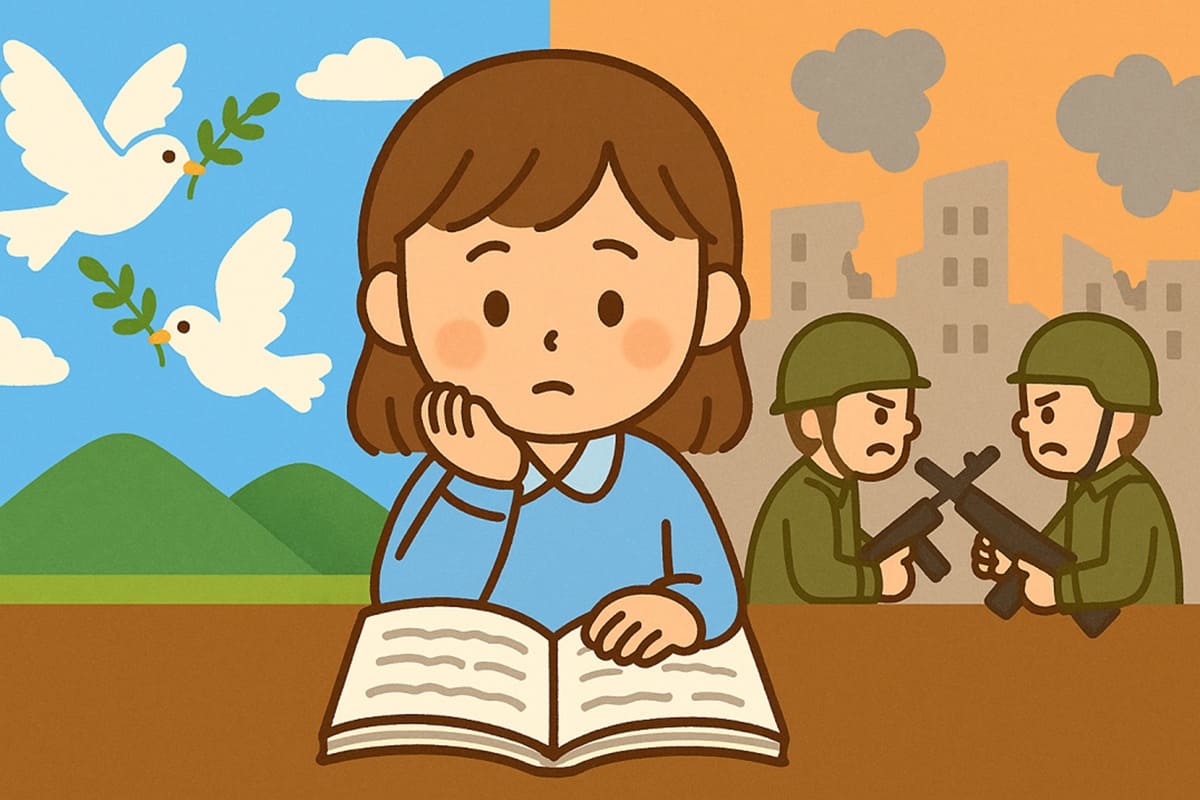How Do Wars End? Understanding the Reasons and Conditions Behind War Termination
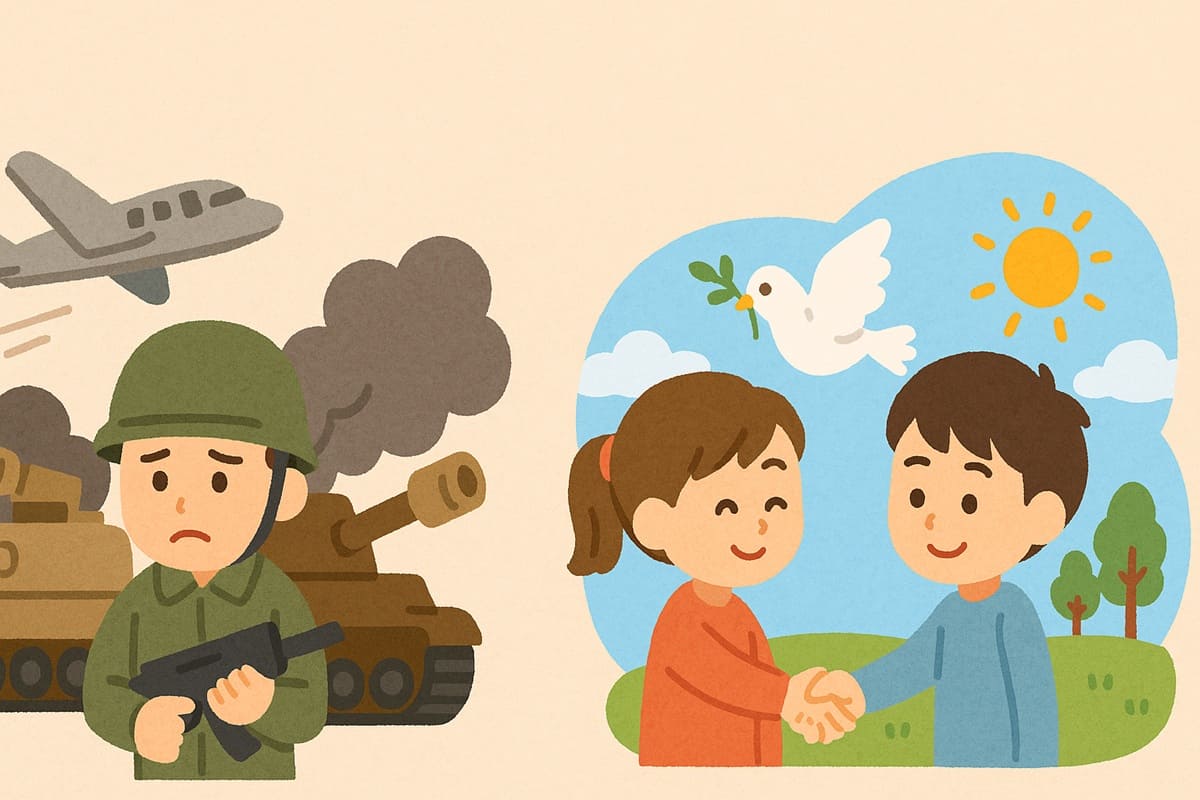
Many people often ask, “Why do wars start?”
But fewer stop to think about another crucial question: “How do wars actually end?”
In fact, ending a war is usually much harder than starting one.
Once a war begins, both sides are driven by strong feelings of “We can’t lose” and “We can’t back down,” making it extremely difficult to settle the conflict through negotiations alone.
And yet, in reality, countless wars throughout history have ended—each for different reasons and under specific conditions.
This article explains, with concrete examples, the main reasons wars end, the forms their endings can take, and the mechanisms and conditions that support those outcomes.
Main Reasons Why Wars End
1. When a Side Realizes It Can No Longer Win
Wars demand enormous resources: money, weapons, food, and above all, human lives.
As a conflict drags on, supplies run low, soldiers and civilians alike grow exhausted, and leaders may conclude: “We can’t win; continuing is impossible.”
- Example: In World War I, Germany and its allies faced severe shortages of food and materials. Popular fatigue and unrest grew so intense that they could no longer sustain the war and eventually surrendered.
2. When a Change in Leadership Occurs
Decisions to keep fighting or to stop are usually made at the very top.
A change of leadership can bring a fresh perspective and the political will to end a war.
- Example: In the 1982 Falklands War, Argentina’s military government collapsed after defeat. The new civilian government that replaced it chose to end the conflict.
3. When the War’s Objective Has Been Achieved
Wars are fought to accomplish specific goals.
If those goals are fulfilled early, leaders may decide there is “no point in fighting further.”
- Example: In the 1991 Gulf War, a U.S.-led coalition expelled Iraqi forces from Kuwait—the key objective. Once that was accomplished, major combat operations ceased.
4. When External Powers Demand a Halt
Sometimes powerful countries or international organizations like the United Nations exert pressure, saying in effect: “Stop the fighting.”
Strong enough pressure can force warring parties to accept a ceasefire.
- Example: During the 2008 Russia–Georgia war, France mediated between the two sides, leading to a ceasefire within just a few days.
5. When International Criticism Mounts
In today’s interconnected world of social media and 24-hour news, acts of war quickly draw global attention.
If a country becomes the target of widespread condemnation—“This is unacceptable!”—it may end hostilities to avoid deeper isolation or sanctions.
Conditions Required to End a War
Ending a war takes more than simply saying, “Let’s stop.”
Formal agreements and practical arrangements are essential. Key mechanisms include:
1. Peace Treaties
Two or more warring states sign an official treaty declaring that hostilities have ceased.
Such treaties often set out detailed terms concerning territory, reparations, and political arrangements.
- Example: The Treaty of Versailles (1919), which formally ended World War I.
2. Surrender
One side fully accepts defeat, agreeing to the victor’s terms.
This often brings harsh consequences.
- Example: Japan and Germany’s unconditional surrenders at the end of World War II.
3. Armistice Agreements
An armistice is an agreement to halt fighting temporarily—sometimes indefinitely—without yet signing a final peace treaty.
Technically, the countries may remain in a state of war.
- Example: The 1953 Korean Armistice Agreement, which halted fighting but did not produce a formal peace treaty.
4. Mediation by Third Parties or International Organizations
Outside actors—other nations or bodies like the UN—sometimes step in to mediate, creating diplomatic space to stop the fighting.
- Example: UN resolutions and ceasefire conditions played a critical role in ending the Gulf War.
5. Economic Sanctions
International sanctions can choke a country’s economy by restricting trade or financial flows.
When a government can no longer sustain the war effort, it may be forced to stop.
Real-World Examples of How Wars End
1. Gulf War (1990–1991)
Iraq’s invasion of Kuwait triggered a multinational response.
A U.S.-led coalition expelled Iraqi forces and restored Kuwait’s sovereignty.
The UN then passed a ceasefire resolution.
- Ending: Iraq effectively surrendered and accepted a UN-brokered ceasefire.
- Reason: Overwhelming military defeat and unified international pressure.
2. Iraq War (2003–2011)
The United States invaded Iraq alleging the presence of weapons of mass destruction.
Although Saddam Hussein’s government fell, violent insurgency persisted.
Mounting costs and shifting U.S. public opinion eventually pushed Washington to end the war.
- Ending: U.S. and Iraqi governments signed agreements for the complete withdrawal of American forces in 2011.
- Reason: Domestic political decisions in the U.S., shaped by public opinion, elections, and financial burden.
3. Russia–Georgia War (2008)
Georgia attempted to reassert control over the breakaway region of South Ossetia, prompting Russian military intervention.
After a brief but intense conflict, the European Union mediated a ceasefire.
- Ending: Ceasefire agreement brokered by the EU.
- Reason: Swift military resolution combined with diplomatic pressure.
Conclusion: What It Takes to End a War
From these examples, one lesson stands out: wars rarely end on their own.
They end only when one or both sides decide—often after terrible loss of life—that “there is no longer any point in continuing.”
Achieving that point requires multiple forces working together:
- Decisive leadership at the national level
- Pressure from public opinion
- International engagement (e.g., UN action, mediation by other states)
- Viable alternatives to fighting, such as negotiation and compromise
Understanding why and how wars end is an essential first step toward both preventing wars and bringing them to an early close when they do occur.
Main References
- Shiokura, Y. (2022). Why Ending Wars Is So Difficult: A Political Scientist’s Dilemma. Asahi Shimbun Digital.
- Tuck, C. (2015). Theoretical perspectives on war termination. In FY2015 International Forum on War History Report (pp. 113–126). National Institute for Defense Studies.
- Ministry of Foreign Affairs of Japan. (1991). Outbreak and resolution of the Gulf crisis. In Diplomatic Bluebook 1991 (Chap. 2, Sec. 1).
- United Nations Security Council. (1991). Resolution 687 (1991) [Iraq – Ceasefire].
- Reuters. (2011, December 19). U.S. military completes final withdrawal from Iraq, ending nearly nine years of war.
